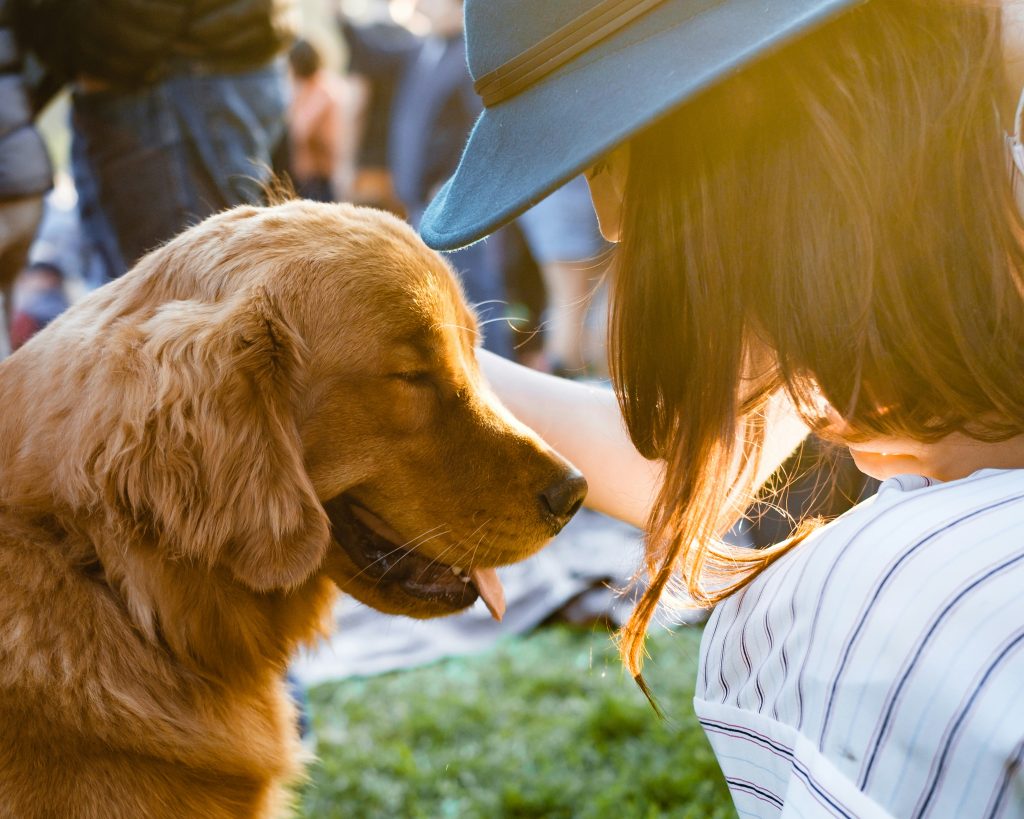Introduction: Training Doesn’t Stop When the Temperature Rises
Summer is here — longer days, more time outside, and plenty of chances to bond with your dog. But while it may feel like the perfect season for training, summer weather brings specific challenges that can affect your dog’s behavior and progress. If your pup seems more distracted, sluggish, or harder to work with lately, the season could be playing a bigger role than you think.
This guide explores how summer affects dog training and what you can do to make sure your dog stays focused, comfortable, and progressing through the heat.
How Dogs Are Affected by Summer Weather
1. Heat Stress and Fatigue
Dogs don’t sweat like humans. Their primary methods of cooling down are panting and limited sweat through their paw pads. High temperatures, especially during midday hours, can make even a short walk feel like a marathon for your dog. As a result, you may notice signs such as:
-
Slower responses to commands
-
Increased panting
-
Unwillingness to perform tasks they normally enjoy
-
Laying down or becoming easily distracted during sessions
Training in this state isn’t just ineffective — it can be unsafe. Heat exhaustion and heatstroke are serious risks, especially for brachycephalic breeds (like Bulldogs and Pugs), seniors, and overweight dogs.
2. Seasonal Allergies and Skin Irritations
Summer can trigger environmental allergies in dogs just like in people. Grass, pollen, and insect bites can cause itching, licking, or general irritability. This discomfort can interfere with your dog’s ability to concentrate or stay calm during training.
3. Distractions Everywhere
Summer introduces a sensory overload: lawn mowers, kids playing outside, smells from BBQs, and new noises from street traffic or neighborhood construction. These sudden changes can spike reactivity and reduce a dog’s ability to focus.
Common Training Setbacks in Summer
It’s not uncommon for well-trained dogs to show regression in warm weather. Some examples include:
-
Breaking commands (especially “stay” or “place”) to seek shade or cooler ground
-
Lagging behind or pulling more on walks due to overstimulation
-
Ignoring known cues due to fatigue or environmental stress
-
Overexcitement in high-traffic outdoor areas like beaches or parks
This doesn’t mean your dog is “losing progress” — it means your training plan should adjust to match the environment.
How to Adapt Your Dog Training for Summer
1. Shift Training Times
Avoid the hottest parts of the day (10am–4pm). Opt for early morning or late evening sessions when the ground is cooler and the sun is less intense.
2. Shorten Sessions, Increase Frequency
Instead of one long session, try two or three short bursts throughout the day. Even 10–15 minutes of focused practice can be extremely effective, especially when done consistently.
3. Use Shade and Cool Surfaces
Train in shaded areas, under trees, or on grass rather than hot pavement or sand. You can even bring a portable mat or towel for commands like “place.”
4. Keep Your Dog Hydrated
Always bring water on outings. Use collapsible bowls or dog-specific water bottles with dispensers. You can also bring frozen treats or use ice cubes as rewards.
5. Leverage Real-World Training Opportunities
Summer offers more chances for public exposure — parks, outdoor cafes, walking trails, and social events. Use these moments to reinforce leash manners, impulse control, and calm greetings in dynamic environments.
Fun Summer Training Activities
Summer doesn’t have to be a training setback — in fact, it can accelerate progress if approached the right way. Try incorporating:
-
Water games (like teaching fetch in a dog-safe pool or lake)
-
Obstacle courses in shaded yards
-
Impulse control drills at public patios or picnic areas
-
Structured pack walks to build socialization and discipline
Make it enjoyable, varied, and light — summer is the season for bonding, not just drills.
Behavioral Red Flags to Watch For
Sometimes summer-related changes in behavior signal more than just heat stress. Keep an eye out for:
-
Excessive panting after minimal exertion
-
Aggression or sudden reactivity not typical of your dog
-
Hot spots, licking paws, or scratching that interferes with focus
-
Refusal to eat or drink during or after training
If these occur, consult a vet to rule out medical causes and adapt your training routine accordingly.
Staying Consistent Through the Season
The key to success in summer training is consistency and creativity. Dogs thrive on routine, so maintaining structure while adapting to new environments will help keep their skills sharp.
Daily exposure to new people, dogs, smells, and stimuli — when paired with controlled practice — can significantly improve your dog’s confidence and obedience. Just remember to work within your dog’s physical limits.
Summary: Don’t Pause Training — Pivot It
Summer can either derail training or fast-track results depending on how you approach it. By avoiding peak heat, shortening sessions, and embracing real-world distractions, you can turn seasonal chaos into valuable teaching moments.
Your dog’s learning doesn’t stop when the weather heats up — it just shifts. With the right balance of flexibility, fun, and consistency, you and your pup can continue growing together all summer long.
Looking for professional dog training in Columbus?
At Off Leash K9 Training in Columbus, we specialize in transforming dogs into well-mannered, obedient companions—on and off the leash. Our programs are tailored to your dog’s unique personality and training needs. Whether you’re struggling with reactivity, recall, leash pulling, or just want better behavior around the house, we’ve got you covered. We believe every dog can be trained, and we’ll guide you step-by-step through the process with proven methods that deliver real, lasting results. Call us today at 740-400-0236 to begin your dog’s transformation.


